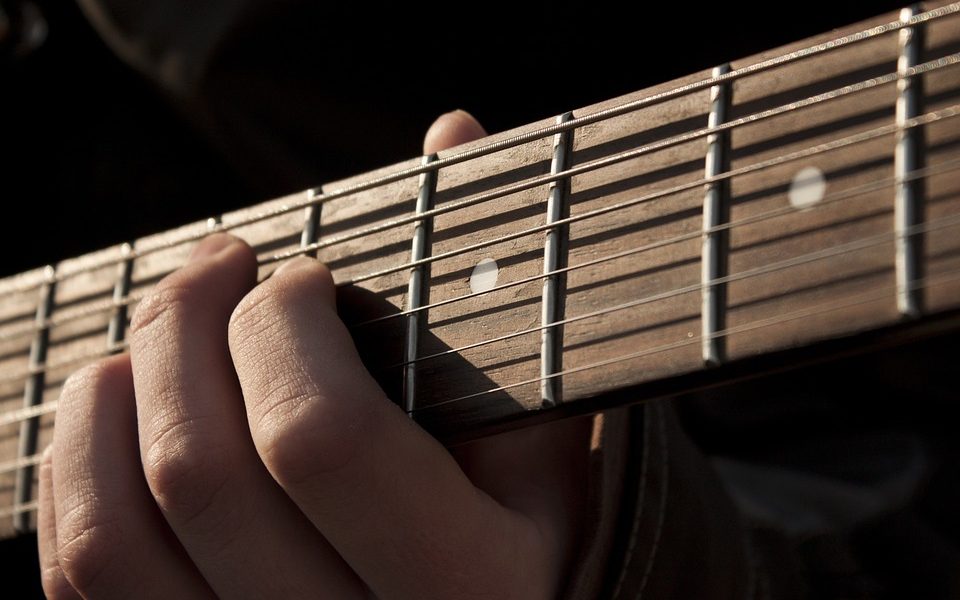Master the Guitar: Essential Finger Exercises for Beginners
Master the Guitar: Essential Finger Exercises for Beginners
Learning to play the guitar is a rewarding and fulfilling experience, but it requires dedication, practice, and the right techniques. One of the most important aspects of mastering the guitar is developing strong and dexterous fingers. As a beginner guitarist, it is essential to focus on finger exercises that will improve your finger strength, flexibility, and coordination. In this article, we will discuss some essential finger exercises for beginners that will help you build a solid foundation for your guitar playing journey.
1. Warm-up Exercises
Before diving into more advanced finger exercises, it is important to start with some basic warm-up exercises to prepare your fingers for playing. Simple exercises like finger stretches, hand rotations, and light tapping on the strings will help improve blood circulation, flexibility, and prevent injury. Spend a few minutes warming up your fingers before each practice session to ensure they are ready for the more challenging exercises ahead.
2. Finger Independence Exercises
One of the most common challenges for beginner guitarists is developing finger independence. This involves training each finger to move independently of the others, which is crucial for playing complex chord shapes and melodies. A great exercise to improve finger independence is the spider exercise. Start by placing your index finger on the first fret of the low E string, your middle finger on the second fret, your ring finger on the third fret, and your pinky finger on the fourth fret. Play each note individually and then reverse the pattern. Repeat this exercise on each string to strengthen all your fingers.
3. Finger Strength Exercises
Building finger strength is essential for playing the guitar with precision and power. One effective exercise to improve finger strength is the fretting exercise. Start by placing your index finger on the first fret of the low E string and play the note with a strong and steady pressure. Gradually move your finger up the fretboard, playing each note with the same intensity. Focus on keeping your fingers close to the fretboard and avoid pressing too hard or too lightly. This exercise will help strengthen your fingers and improve your fretting technique.
4. Finger Stretching Exercises
Playing the guitar involves stretching your fingers across the fretboard to reach different notes and chords. It is important to practice stretching exercises to improve your finger flexibility and reach. One effective exercise is the finger stretching exercise. Start by placing your index finger on the first fret, your middle finger on the second fret, your ring finger on the third fret, and your pinky finger on the fourth fret of the low E string. Play each note individually and then slide your fingers up one fret at a time, stretching them as far as you can comfortably reach. This exercise will help improve your finger flexibility and reach on the guitar.
5. Finger Coordination Exercises
Coordination is key to becoming a proficient guitarist. It involves training your fingers to work together smoothly and efficiently to play chords, scales, and arpeggios. One effective exercise to improve finger coordination is the chromatic exercise. Start by placing your index finger on the first fret of the low E string and play each fret with one finger per fret. Continue this pattern up and down the fretboard, focusing on playing each note evenly and accurately. This exercise will help improve your finger coordination and dexterity on the guitar.
6. Finger Speed Exercises
Developing speed is crucial for playing fast and intricate guitar solos. To improve your finger speed, practice exercises that focus on playing quick and precise movements. One effective exercise is the alternate picking exercise. Start by picking each note individually with a downstroke, followed by an upstroke. Practice this pattern on each string, gradually increasing your speed as you feel more comfortable. Focus on keeping your movements smooth and controlled to build speed and precision in your playing.
7. Finger Endurance Exercises
Playing the guitar for extended periods can be physically demanding, especially for your fingers. To improve your finger endurance, practice exercises that focus on playing for longer durations without fatigue. One effective exercise is the continuous picking exercise. Start by picking a single note repeatedly with a steady rhythm for as long as you can without stopping. This exercise will help build endurance in your fingers and improve your ability to play for extended periods without fatigue.
In conclusion, mastering the guitar requires dedication, practice, and the right techniques. By incorporating essential finger exercises into your practice routine, you will improve your finger strength, flexibility, coordination, speed, and endurance. Start with basic warm-up exercises to prepare your fingers for playing, then focus on finger independence, strength, stretching, coordination, speed, and endurance exercises to build a solid foundation for your guitar playing journey. Remember to practice consistently and have patience as you work on developing your finger skills. With time and effort, you will become a proficient guitarist capable of playing a wide range of styles and techniques.






